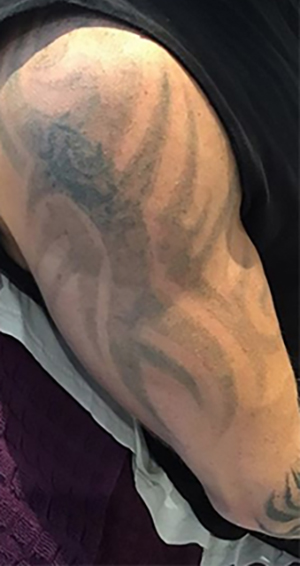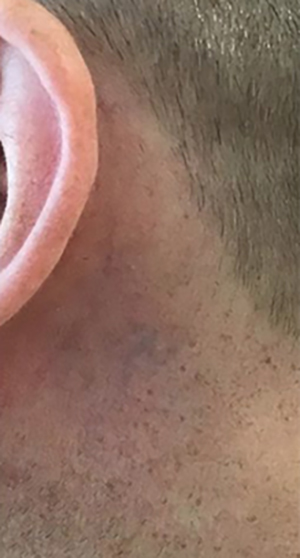About
Tattoo removal works by breaking down the ink particles in the skin using laser energy. The laser selectively targets the pigment in the tattoo, shattering it into smaller fragments that are then naturally eliminated by the body’s immune system over time.

Laser tattoo removal is a highly effective and widely used method for eliminating unwanted tattoos. During the procedure, a specialised laser emits intense pulses of light that are absorbed by the tattoo pigment in the skin. This energy breaks down the ink particles into smaller fragments, which are then gradually removed by the body’s immune system. Multiple treatment sessions are typically required to achieve satisfactory results, with the number of sessions depending on factors such as the size, colour, and depth of the tattoo.
The effectiveness of laser tattoo removal varies depending on several factors, including the size, colour, depth, and age of the tattoo, as well as individual skin characteristics and the type of laser used. Generally, laser tattoo removal is highly effective at fading or removing tattoos, with significant improvements in most cases. However, complete removal may require multiple treatment sessions spaced several weeks apart, as tattoos are composed of different ink colours and layers that respond differently to laser treatment. Additionally, some colours, such as black and dark blue, tend to respond more effectively to laser treatment, while lighter colours like yellow, green, and white may be more challenging to remove. Overall, while laser tattoo removal can significantly reduce the appearance of unwanted tattoos, complete removal may not always be achievable, and results can vary from person to person.
We will advise if this treatment is suitable for you at your consultation.
Treatment



Results




FAQ
Laser tattoo removal is a procedure that uses specialised lasers to target and break down the pigment particles in tattoos. The laser emits high-intensity light energy, which is absorbed by the tattoo ink, causing it to fragment into smaller particles that can be gradually eliminated by the body's immune system.
Most individuals with unwanted tattoos are suitable candidates for laser tattoo removal. However, factors such as tattoo size, colour, depth, and skin type may influence treatment outcomes. We will be able to determine whether this treatment is for you at your consultation.
The number of laser tattoo removal sessions required depends on various factors, including tattoo size, colour, location, and individual skin characteristics. Most patients require multiple treatment sessions spaced several weeks apart to achieve satisfactory results. Visible improvement in tattoo fading is typically observed after each session, with final results becoming apparent over time.
Laser tattoo removal may cause some discomfort, which is often described as a sensation similar to snapping a rubber band against the skin. However, the level of discomfort varies depending on individual pain tolerance, tattoo location, and other factors. Topical numbing cream may be used to minimise discomfort during the procedure.
While laser tattoo removal is generally safe, some potential side effects may occur, including temporary redness, swelling, blistering, itching, or changes in skin pigmentation.
Laser tattoo removal is most effective for tattoos containing dark ink colours such as black, blue, and green. Lighter colours like yellow, orange, and white may be more challenging to remove and may require additional treatment sessions. A consultation with a laser specialist can assess the tattoo's colour composition and provide personalised treatment recommendations.
Our TEAM
CoolSculpting & Body Contouring Specialist
Qualified Aesthetic Practitioner
Qualified Aesthetic Therapist
Reviews